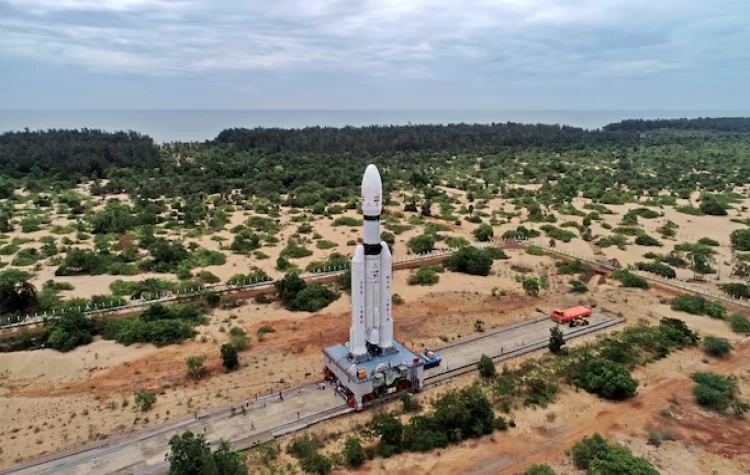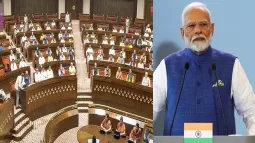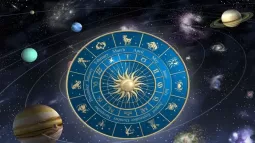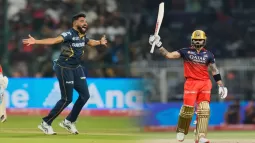
Following the unprecedented success of Chandrayaan-3 in 2023, the Indian Space Research Organisation has announced plans to investigate the Moon with the Chandrayaan-4 mission.
During his talk at the National Space Science Symposium, Isro Chief S. Somnath disclosed some details about India's upcoming lunar mission, which intends to bring back the first lunar regolith samples—a mixture of rocks and soils—in addition to making a successful landing.
Gathering samples from the lunar surface and securely transporting them back to Earth for scientific analysis will be the main goal. Only three nations in history have achieved this feat: China with its Chang'e missions, the Soviet Union with its Luna project, and the United States with its Apollo missions.
CHANDRAYAAN-4: WHAT CAN IT DO ON THE MOON?
Over the course of its mission, the fourth mission in the Chandrayaan series will have several goals on the Moon. Among them are:
- To perform a safe and soft landing on the lunar surface
- To demonstrate lunar sample collection and containerisation
- To demonstrate ascending from the moon's surface
- To demonstrate docking and undocking in lunar orbit
- To demonstrate the transfer of samples from one module to another
- To demonstrate return and re-entry to Earth for sample delivery
The Chandrayaan-4 mission will involve many more scientific and engineering challenges. It will need to launch back and dock with a transfer module in lunar orbit in addition to making a moon landing. After that, it will have to make a perfectly timed return trip from the Moon to Earth using orbital dynamics.
This is a two-phase mission that will be launched on two launch vehicles, the PSLV and the LVM-3, as Isro has already stated. The five spacecraft modules that make up the Chandrayaan-4 components will each play a distinct function in one of the most difficult and intricate missions that the Indian space agency has tried.
The Chandrayaan-4 mission's five components won't launch simultaneously. The Propulsion Module, Descender Module, and Ascender Module are the three components that India's heaviest launch vehicle, the LVM-3, will launch with, according to Isro Chief.
A Polar Satellite Launch Vehicle (PSLV) will carry the Transfer Module and the Re-entry Module during their launch.
Tags Cloud














